Are Microplastics Microscopic ?
Yes, microplastics are indeed microscopic. They are tiny plastic particles that are less than 5 millimeters in size, often ranging from a few micrometers to a few millimeters in diameter. These particles can be so small that they are not visible to the naked eye and require magnification to be observed. Microplastics can come from various sources, such as the breakdown of larger plastic items, microbeads in personal care products, or fibers released from synthetic textiles. Due to their small size, microplastics can easily enter the environment, including water bodies, soil, and even the air, posing potential risks to ecosystems and organisms.
1、 Definition and Characteristics of Microplastics
Yes, microplastics are indeed microscopic in size. The term "microplastics" refers to small plastic particles that are less than 5 millimeters in length, which is roughly the size of a sesame seed. However, microplastics can vary in size, ranging from a few micrometers to a few millimeters.
Microplastics can be categorized into two main types: primary microplastics and secondary microplastics. Primary microplastics are intentionally manufactured at a small size, such as microbeads found in personal care products or pellets used in industrial processes. Secondary microplastics, on the other hand, are formed through the degradation and fragmentation of larger plastic items, such as bottles or bags, due to environmental factors like sunlight and wave action.
These tiny plastic particles are of concern due to their potential negative impacts on the environment and human health. They can be ingested by marine organisms, leading to bioaccumulation and biomagnification in the food chain. Microplastics have been found in various marine species, including fish, shellfish, and even in the digestive systems of seabirds.
Recent studies have also highlighted the presence of microplastics in freshwater systems, soil, and even in the air we breathe. This suggests that microplastics have become pervasive in the environment, raising concerns about their potential effects on ecosystems and human health.
Efforts are being made to reduce the production and release of microplastics into the environment. Some countries have implemented bans on microbeads in personal care products, and there is growing interest in developing more sustainable alternatives to plastic materials. However, the complex nature of microplastics and their widespread distribution make it a challenging issue to tackle effectively. Ongoing research is crucial to better understand the sources, fate, and impacts of microplastics, and to develop strategies for their mitigation.
2、 Sources and Production of Microplastics
Yes, microplastics are indeed microscopic in size. Microplastics are defined as plastic particles that are less than 5 millimeters in diameter, which is roughly the size of a sesame seed. However, they can be as small as a few micrometers or even nanometers in size. These tiny particles are often invisible to the naked eye and can only be seen under a microscope.
Microplastics are generated through various sources and production processes. One of the primary sources of microplastics is the fragmentation of larger plastic items, such as bottles, bags, and packaging materials, due to weathering and degradation over time. Additionally, microplastics can also be intentionally manufactured for use in various industries, such as cosmetics, textiles, and paints. These microplastics are often added as fillers or exfoliants in products.
Recent studies have highlighted the alarming presence of microplastics in various environmental compartments, including oceans, rivers, soil, and even the air we breathe. They have been found in remote locations, such as the Arctic and Antarctic regions, indicating their widespread distribution. The main concern with microplastics lies in their potential to accumulate in the food chain and pose risks to both human health and the environment.
Efforts are being made to reduce the production and release of microplastics into the environment. Some countries have implemented bans on certain types of microplastics, such as microbeads in personal care products. However, more research is needed to fully understand the extent of the problem and develop effective strategies to mitigate the impacts of microplastics.
3、 Environmental Impact of Microplastics
Yes, microplastics are indeed microscopic in size. They are tiny plastic particles that measure less than 5 millimeters in diameter, which is about the size of a sesame seed. Microplastics can be further categorized into two main types: primary microplastics and secondary microplastics.
Primary microplastics are intentionally manufactured at a small size for specific purposes, such as microbeads in personal care products or pellets used in industrial processes. Secondary microplastics, on the other hand, are formed through the breakdown of larger plastic items, such as bottles or bags, due to weathering and degradation.
The environmental impact of microplastics has become a growing concern in recent years. These tiny particles have been found in various ecosystems, including oceans, rivers, lakes, and even in the air we breathe. They can enter the environment through various pathways, such as improper waste management, runoff from land, and even through the washing of synthetic clothing.
Once in the environment, microplastics can have detrimental effects on marine life and ecosystems. They can be ingested by a wide range of organisms, from plankton to larger marine animals, causing physical harm and potentially disrupting their feeding and reproductive systems. Additionally, microplastics can act as carriers for other pollutants, such as heavy metals and chemicals, which can further impact the health of organisms.
It is important to note that the understanding of the environmental impact of microplastics is still evolving, and new research is constantly being conducted to better understand their effects. However, the current consensus is that microplastics pose a significant threat to the health of our ecosystems and require urgent attention and mitigation measures to reduce their release into the environment.
4、 Microplastics in Aquatic Ecosystems
Microplastics are indeed microscopic in size, typically measuring less than 5 millimeters in diameter. They are tiny plastic particles that result from the breakdown of larger plastic items or are intentionally manufactured at a small scale. These particles can be found in various forms, including microbeads, microfibers, and fragments.
Microplastics have become a significant concern in aquatic ecosystems due to their widespread presence and potential environmental impacts. They are found in oceans, rivers, lakes, and even in drinking water sources. These particles are ingested by a wide range of aquatic organisms, including fish, shellfish, and plankton, which can lead to various negative effects.
Research on microplastics in aquatic ecosystems is ongoing, and the latest point of view suggests that the problem is more extensive than previously thought. Recent studies have revealed that microplastics can accumulate in the tissues of organisms, potentially causing physical harm and disrupting their physiological processes. Additionally, microplastics can act as carriers for toxic chemicals, such as pesticides and heavy metals, which can be released into the organisms upon ingestion.
The presence of microplastics in aquatic ecosystems also raises concerns about potential impacts on human health. As humans consume seafood, there is a risk of ingesting microplastics that have accumulated in the tissues of marine organisms. While the full extent of these health risks is still being investigated, it is clear that reducing the input of microplastics into aquatic environments is crucial for both ecosystem health and human well-being.
Efforts to mitigate the issue of microplastics in aquatic ecosystems include the banning of microbeads in personal care products, improved waste management practices, and the development of alternative materials that are less harmful to the environment. However, addressing this complex issue requires a multi-faceted approach involving research, policy changes, and public awareness to effectively reduce the presence and impact of microplastics in aquatic ecosystems.



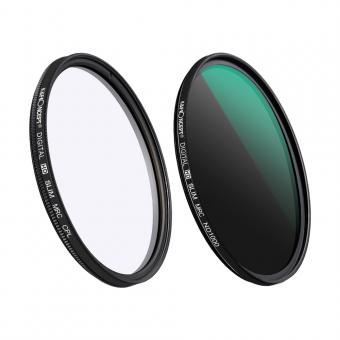



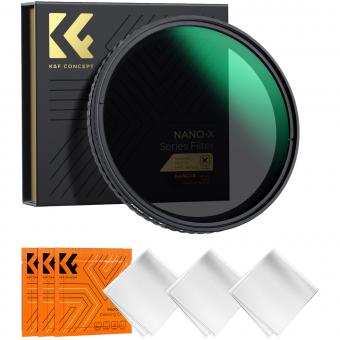
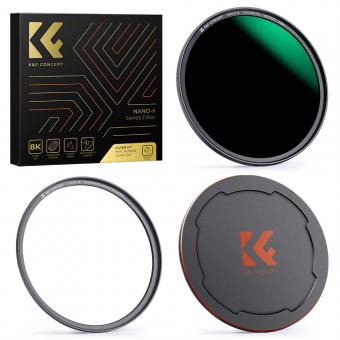















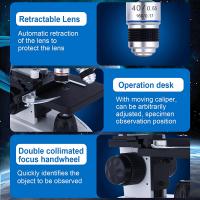

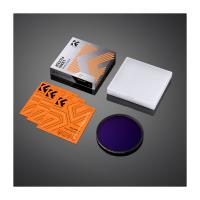




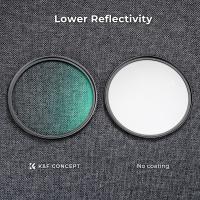

There are no comments for this blog.